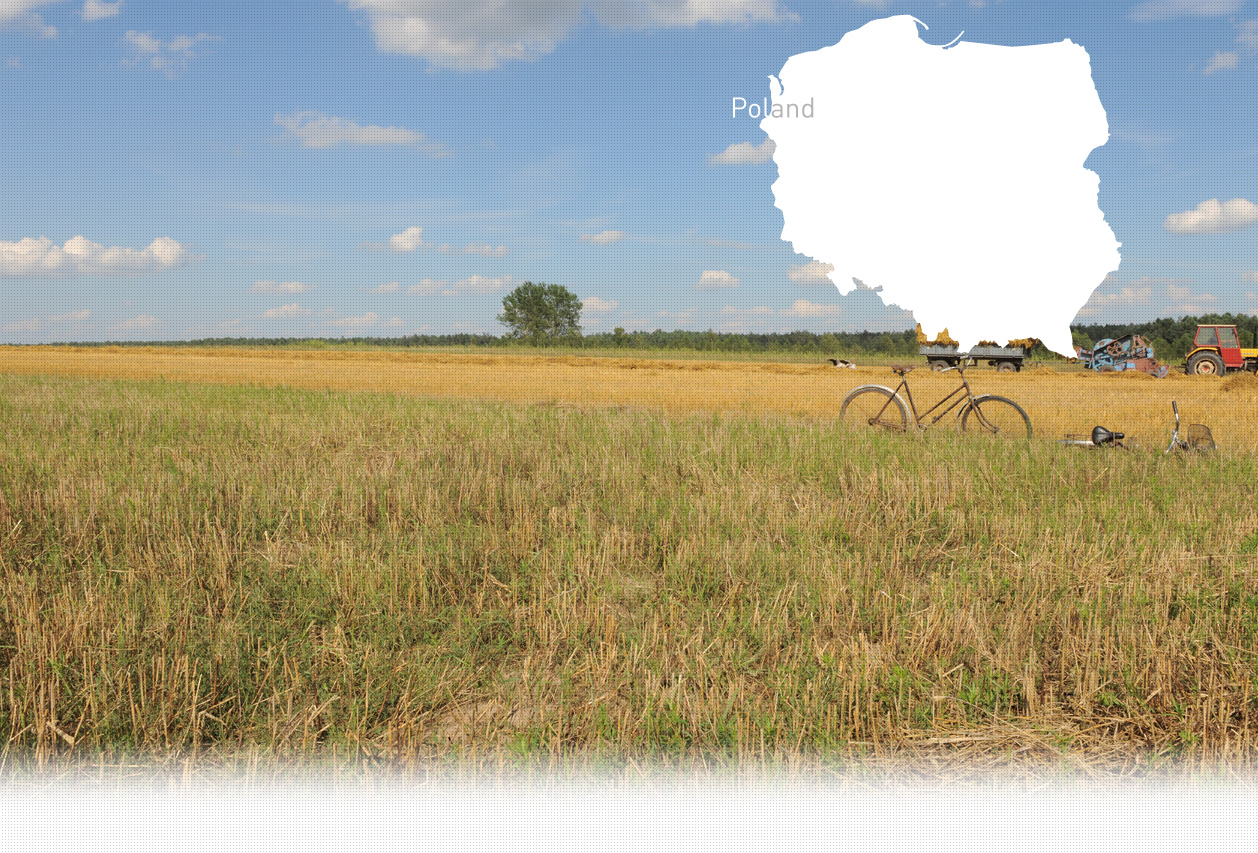

1 Killing site(s)
Teofil S., born in 1926: “When Germans occupied the village, they immediately started to persecute the Jews. They didn’t hesitate to shoot the Jews [even if] they were old or weak. Jews were forced to work during winter. They shoveled snow and cleaned the streets.” (Witness n°1055, interviewed in Iwaniska on June, 7th 2019).
Iwaniska is located on the banks of the Koprzywinka River, 55km south-east of Kielce. The first records about the Jews settling down in the town go back to the 16th century. Following the Partitions of Poland, Iwaniska was briefly annexed by the Habsburg Empire, and in 1815 – 1915, it was part of Russian-controlled Congress Poland. By 1869 1,088 Jews lived in the town. They had a synagogue and two cemeteries. The majority of Jews were traders, cattle peddlers, and craftsmen, some of them were farmers. In 1933, 1,450 Jews lived in the town, and by 1939 its population grew up to 1,748 Jews.
Iwaniska was occupied by Germans on September 7, 1939. Until the middle of 1941, the Jewish community of Iwaniska continued to live in their homes, and no restrictions were implemented. In March 1941, 75 Vienna Jews, from a group of about 1,000, were brought to Iwaniska. By June 1941, there were about 1,574 Jews including the refugees from Lodz, Konin, Aleksandrowka, and Krakow. In June 1942, a ghetto was created in Iwaniska, and it numbered 1,900 Jews including those who were expelled from the nearby villages. An underground movement was organized in Iwaniska with the help of former policemen who delivered the weapons. About 300 Jews managed to hide in prepared- in- advance bunkers in the forest on the liquidation day which took place on October 15, 1942. About 1,600 Jews were first rounded-up at the central square, then marched to Cmielow, then were loaded into the wagons and deported to the Treblinka extermination camp. Those who were too sick, or old, or were caught in hiding, were shot on the spot. According to a Jewish survivor, Mr. Goldstein, about 100 Jews were shot on the spot on this day. Those Jews who managed to hide were captured by Germans during the following weeks and executed. One such execution, witnessed by a local resident interviewed by Yahad, was conducted at the Jewish cemetery. During this execution, at least twelve Jews, including men, women, and two children, were murdered. Prior to being shot, the Jews had to undress. The bodies of those shot on the spot during the liquidation were probably buried in the same mass grave dug at the cemetery. According to the field research, the pit was dug by the requisitioned Polish firefighters.
Do you have additional information regarding a village that you would like to share with Yahad ?
Please contact us at contact@yahadinunum.org
or by calling Yahad – In Unum at +33 (0) 1 53 20 13 17